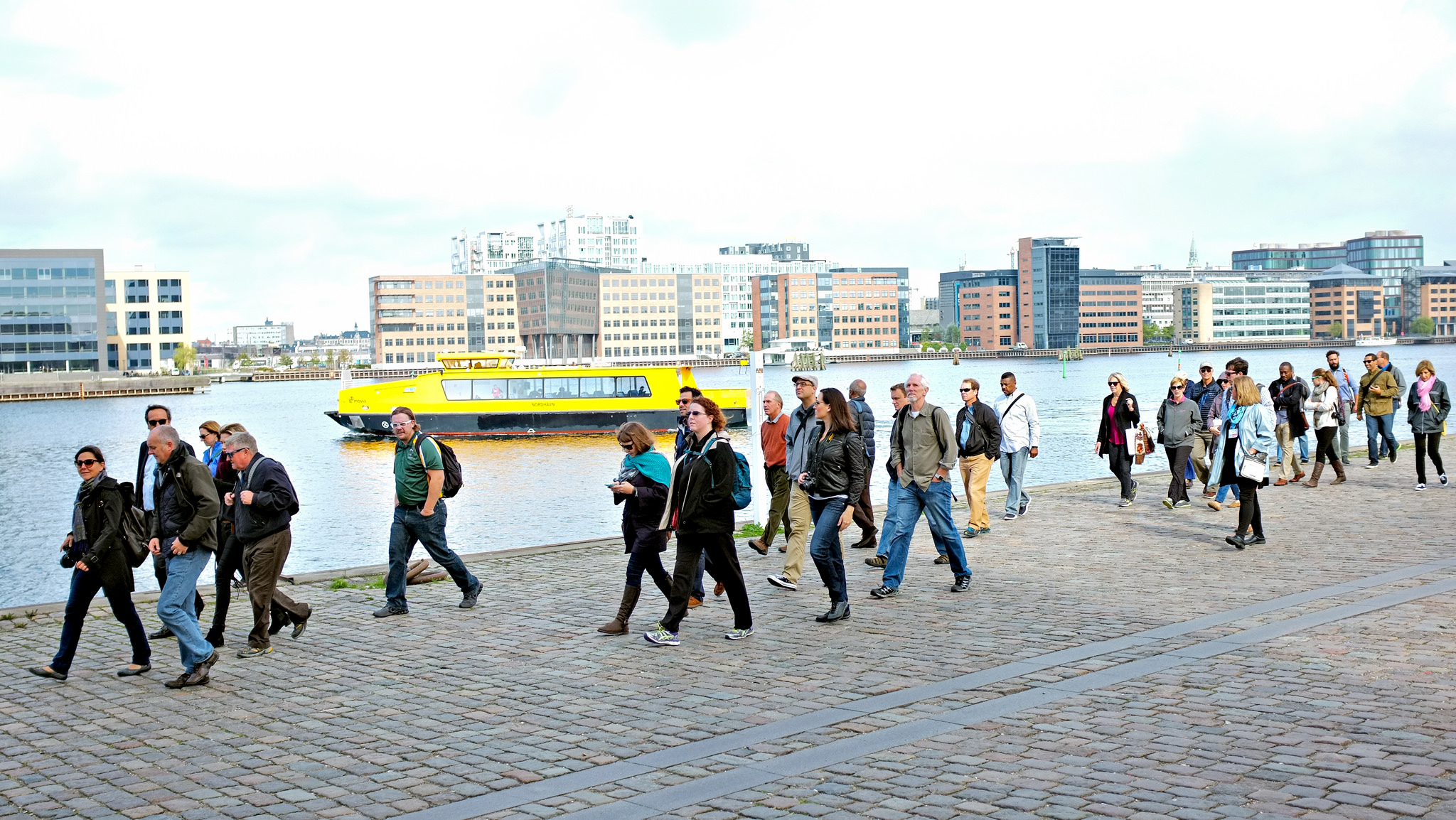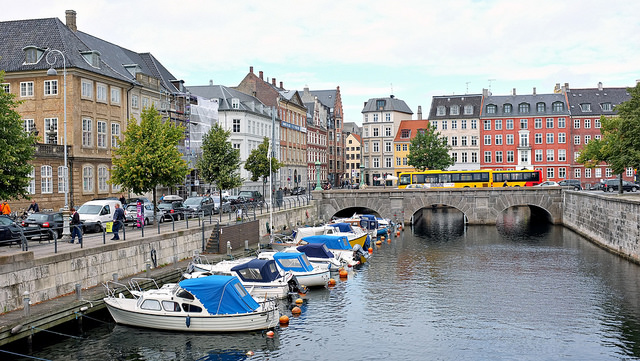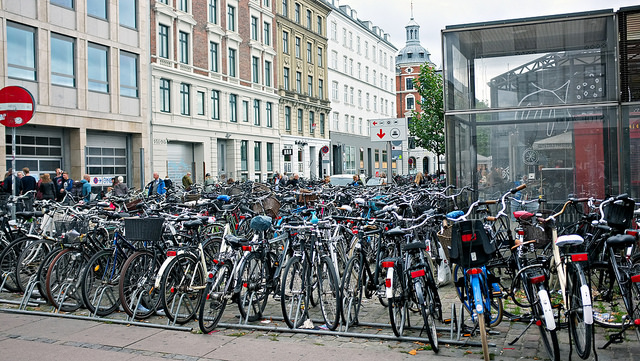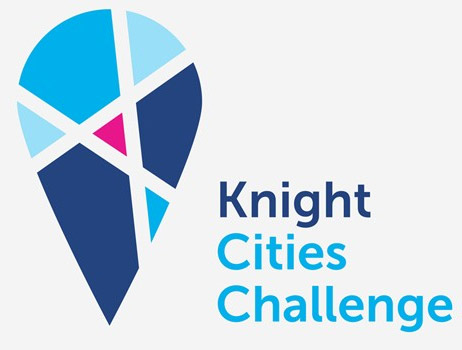
Five lessons for cities from Copenhagen
Photos by Kyle Kutuchief on Flickr.com
This post has been updated to clarify the reference to Gehl Architects.
Exceptional. Life-changing. Inspiring. Transformative.
Those are just some of the adjectives used by our Knight community leaders who joined us on the 8 80 Cities trip to Copenhagen, Denmark, recently. I couldn’t agree with them more. I feel energized and excited by the potential work we can do together in Columbus, Ga., Gulfport, Miss., Grand Forks, N.D., Lexington, Ky., Long Beach, Calif., and Tallahassee and West Palm Beach, Fla. The hard part, though, is still in front of us: We need to take the theory and learning from the trip and make them a reality in our communities. It won’t be easy, but if anyone can execute, it’s the group of leaders who joined me in Copenhagen.
I learned so many things, and – this was tough – I have condensed my roughly one thousand lessons into my top five. Here they are:
Lilly’s Top Five
No. 5. Detail and Quality Matter: When it comes to building public space, Copenhagen does an extraordinary job of paying attention to the details and quality. The city beautifully incorporates the interests and backgrounds of the community. They design public spaces that promote interaction and play for all ages. Yes, that’s right. Playgrounds for adults too! And why not? The city also understands the importance of the edges of spaces. The placement of a cafe or restaurant (instead of a bank or office) facing a public space activates it even more. How? More eyes will be on the park, allowing the public to feel safer. And, let’s face it; we all love to people watch (there’s data to back this up). On top of these important details, Copenhagen always opts for top-notch materials in its public spaces. Quality helps spaces to last longer and residents to take more pride in them.

No. 4. Infrastructure, Infrastructure, Infrastructure: This is fairly self-explanatory; for transformational change, there must be infrastructure investments. Period. In particular, if you want residents to bike, then you must build protected bike lanes. Yes, that’s right; they must be protected or don’t bother doing it. And on top of that, there must be a connected network. Cities can start small with the network and expand, but the emphasis must be on connecting important nodes. This could include your city’s schools, parks, libraries and the business district. And equity for the people who live in the city must be a priority for designing this connected infrastructure.
No. 3. Beyond Just Parks: We love parks, but public space includes so much more. When thinking about public life, one should include streets, sidewalks, bike lanes and the transitional space between public and private spaces. For example, if we can slow down our residential streets to a safe speed (below 30 mph, which also substantially decreases traffic deaths) this also affects public life. Residents feel safer crossing the streets and just hanging out and interacting in the neighborhood. This shifts the conversation away from cars and back to what the community can do for itself on what is often the largest public space – the streets.

No. 2. Getting from Point A to B: We humans are lazy creatures; we want to take the fastest route while exerting the least energy. If we make biking and walking (networked with transit) the easiest way to commute, then people will do it. No matter where you are in the world, culturally and geographically, people want to take the easiest route. Often we talk about the environmental and healthful reasons for biking and walking to work, but this simply is not a selling point for the majority of people. Bottom line: First prioritize building fast routes for pedestrians and bikers, then cars.
No. 1. People first: This is what Gehl Architects, a firm based in Copenhagen that spent a day with us, is all about, building public space on a human scale. What does this mean? We must put people and their needs first when designing public spaces. When designing public spaces, the order of priorities must be 1) public life – what will the space do for people? 2) The actual space, 3) the buildings. As founder Jan Gehl says, “Cultures may differ, climates may differ, but the way we inhabit space is universal. We can invite behavior of people simply through design.” We should focus on designing for the eye levels of both adults and children. People need to be with other people and public space should support this. Human scale, people first; it’s simple and the most important takeaway of the trip.
Lilly Weinberg is the program director for community foundations at Knight Foundation. Email her at [email protected] and follow her on Twitter @lillyweinberg.
If you’re interested in the success of cities, consider applying to the Knight Cities Challenge, a $5 million initiative to make the 26 Knight communities more successful. For the latest information on the challenge, be sure to follow @knightfdn and #knightcities on Twitter or sign up for our email newsletter. You can send questions to [email protected]. And you can peruse the winners of the first Knight Cities Challenge and apply – by noon ET on Tuesday, Oct. 27, 2015 – at knightcities.org.
Recent Content
-
Community Impactarticle ·
-
Community Impactarticle ·
-
Community Impactarticle ·



